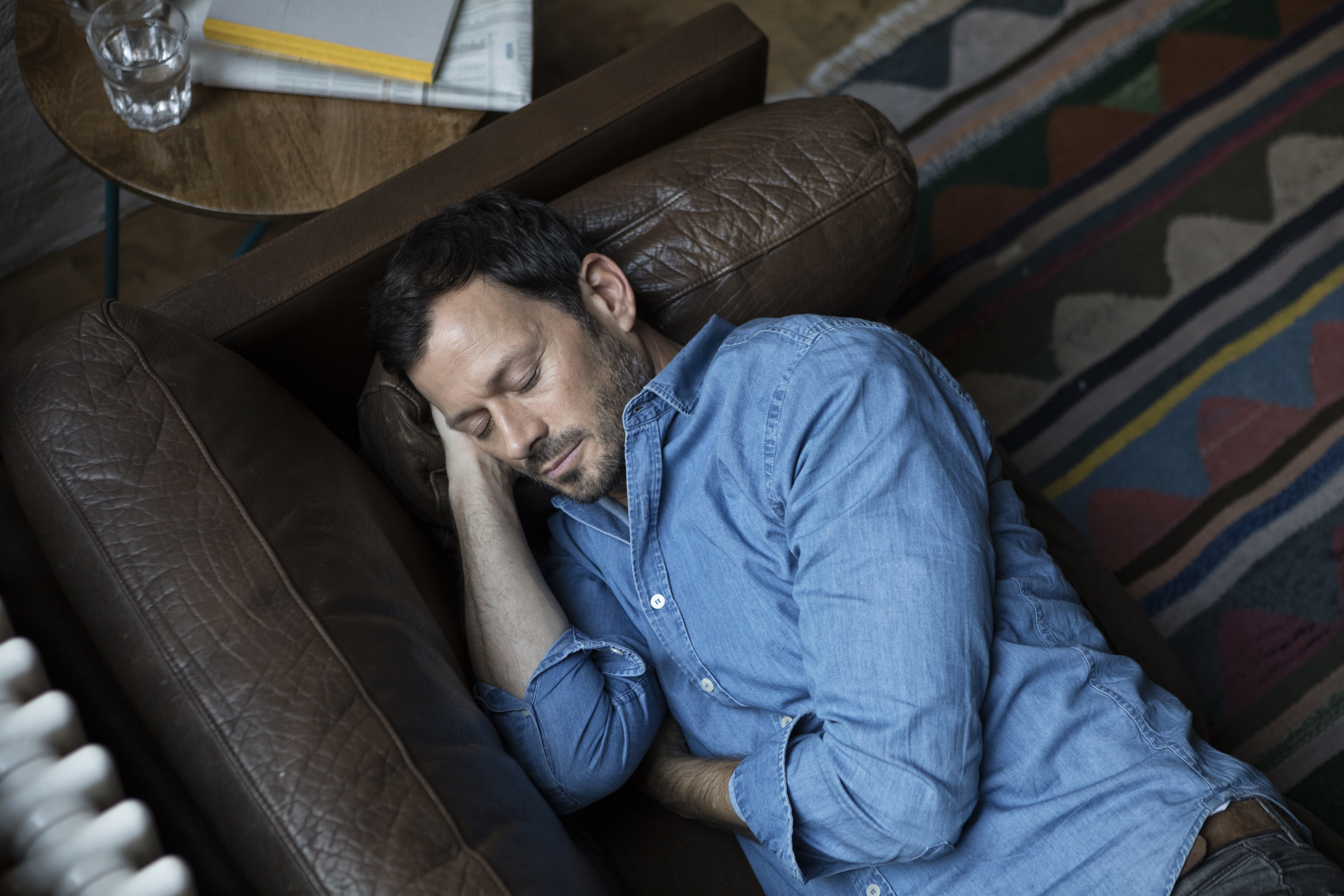Woman Lucid Dreaming. Photo: Renphoto (Getty)
The ability to control one’s own dreams has eluded many of us our entire lives, save for an occasion or two. In fact, there’s only about a 50/50 chance (OK, 55 percent to be exact) you’ve had a lucid dream in your lifetime. Those aren’t the best odds. Fortunately, Dr. Denholm Aspy of the University of Adelaide has combined two techniques of identifying and controlling one’s own dreams and made himself a decent case for turning lucid dreaming into reality for anyone willing to put in the practice.
There are a number of external methods such as electroshock therapy which can help someone control what’s happening in their dreams. However, Dr. Aspy chose a much simpler approach to lucid dreaming in his study published in psych journal Dreaming. With only a week’s time and 169 participants at his disposal, Aspy combined two methods known as reality testing and MILD (mnemonic induction of lucid dreams) to yield his impressive results.

While not all that successful in its own right, reality testing as a means of eliciting lucid dreams essentially involves questioning whether you’re asleep or not during the periods you are awake. The hope is that you will start to do the same in your sleep, allowing yourself to realize you’re in a dream and then doing the best you can to point it in a desired direction.
Looks like someone could use the reality testing method right about now: Little Girl Has Mental Breakdown Because She ‘Can’t Stop Dreaming About Waffles’
In the end, combining the MILD tactic with reality testing is what made the study a success. With MILD, you simply set an alarm for five hours after you zonk, recite “The next time I am dreaming, I will remember that I’m dreaming,” then rack out again. It also helps to imagine what lucid dreaming would be like while you’re still awake.
The week-long test resulted in 53 percent of the participants lucid dreaming at least once, with a staggering 17 percent doing so each night. Again, Aspy attributed much of the success to MILD since reality testing failed yielded minimal to no benefits. However, the good doctor explained to IFLScience that in combination with the MILD technique, it still “[exceeded] any previous study conducted without interventions.”

Considering the trial only lasted one week, more tests need to be conducted before any solid conclusions can be made. However, the fact that such positive results were obtained in such a short period of time proves, at the very least, science is on track to make our dreamlike state while sleeping much more enjoyable in the years ahead. What a time to be pseudo-alive!







